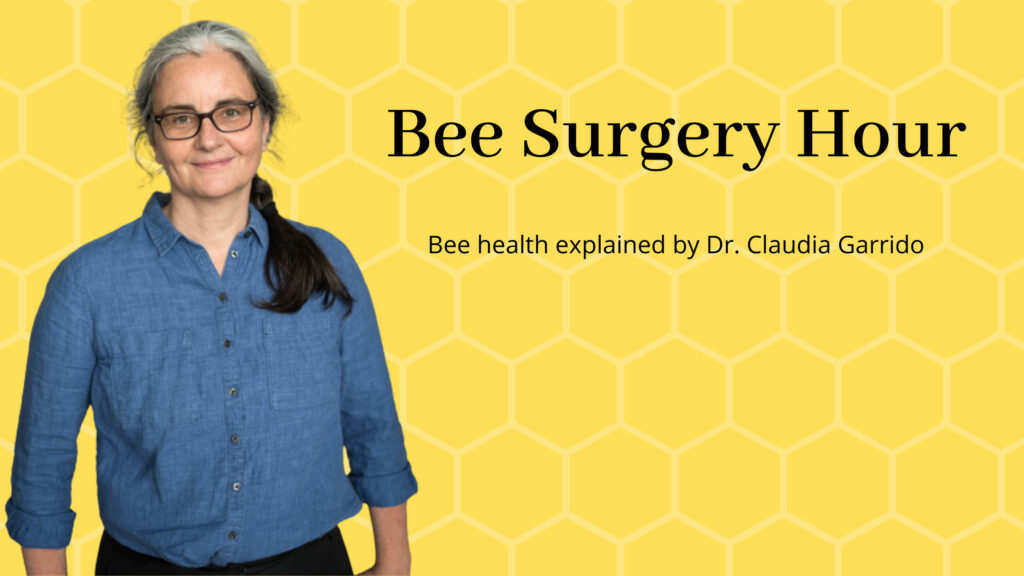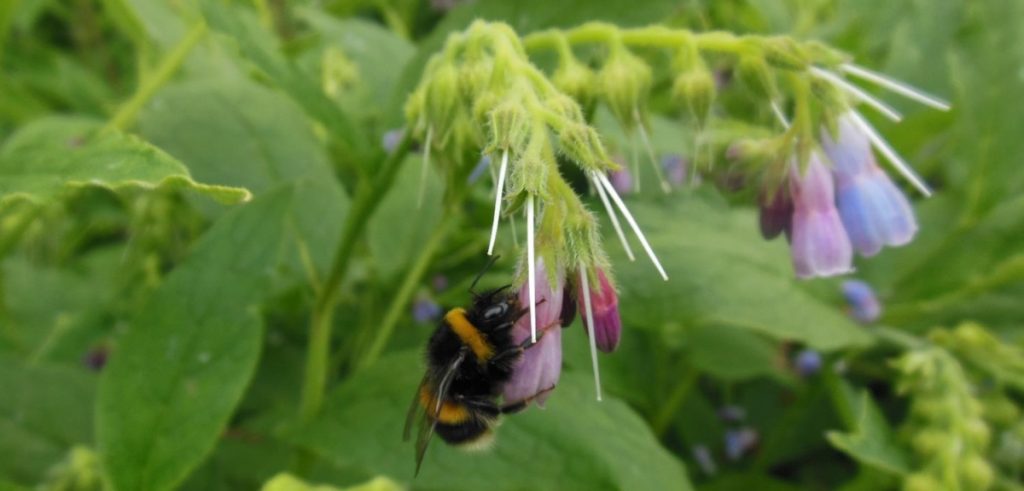You may be wondering “Varroa treatment rules? Wasn’t it enough to study the compounds?”. Well… yes and no. This is the second step we’re talking about this time. The characteristics of the treatments are the foundation for the treatment you chose for your operation. But then you have to use them in a way that they can do their best. That’s what I always call “correct use”.
Let me give you an example that may sound a bit weird, but to make my point clear. For instance, there are several medications against cough. There are those for children and those for adults. For children you may use a syrup, which is easier for them to swallow than a pill. Adults take pills – usually – with less effort. Pill or syrup, that’s what we call the “formulation” of a medicine.
Then there is the dose. Also this is adapted to children and adults – their bodies work a little bit differently in some aspects. Body weight, age, all these things influence the dose. So, just breaking a pill in half because your child is smaller than you doesn’t work. In the best case it won’t be efficient enough, in the worst case you can do harm.
Varroa treatment rule no. 1: Always read the label
I know this one is a bit of a pain. In human medication the most important things are often summarized in illustrative leaflets. Which are easier to understand and to read. In honey bee medication there are some drawings and schemes that may help you. But it’s often just a big piece of paper with small writing. But it has to be done.
Because the label explains the how, when, and how much of a varroa treatment. So, the dose, the handling during the application, all that stuff. If you do it just the way you think “should be ok”, things will go wrong. You heard this before and you will hear this again: Varroa treatments are veterinary medicine. And you should treat it with the same care as you do with the medication for your child.
To make things a little easier, the most important information is already available on the packaging. So it’s easier to find but still in quite small writing. Many manufacturers have videos or other materials to show you the right preparation and use of their products. Stick to that. All promises they make about the efficacy of their product are related to this way of using it. If you change something, it may not work or harm your bees.
Which brings us to varroa treatment rule no. 2.
Compliance to recommendations
Sometimes things are a bit… flexible. For instance, the efficacy of formic acid depends on several factors, like the strength of the colony, the external temperature, etc. In areas where formic acid treatments are common, bee institutes and bee health consultants give recommendations to help with that. That’s an infrastructure that may not exist everywhere. Often there are more offers than you may imagine. In Australia, for example, there are local inspectors/consultants that focus on varroa. I can’t find how they’re called officially, but look out for these services.
In general, public services are there to help. This may work better in some places compared to others because of the general infrastructure of a country. But use them if possible.
Also because compliance to recommendations pays off. You’ll even see it in your wallet. Well-treated honey bee colonies are more productive.
Quality of hive products
The last varroa treatment rule includes a topic we’ll talk about in more detail next week. But it’s also one of the important basic varroa treatment rules:
Never treat in presence of a honey super
This is something Europe is maybe stricter than other parts of the world. Honey (and other food) shouldn’t be contaminated with substances foreign to it. This has two aspects:
- Treatments can change the sensory characteristics of honey. This is why the active substances from natural origin (oxalic acid, formic acid, thymol) were chosen from components we find in honey itself. BUT: a too much changes the characteristics. Honey produced during a formic acid treatment is disgusting – because it contains much more of it that it would naturally. When you treat without a super you avoid this. This influences the timing of the treatment, together with the properties of the active substances.
- Residues can be harmful to humans. This is true for the synthetic substances mainly. This is why there Maximum Residue Levels (MRL), so the amount of residue that shouldn’t be passed in food stuffs. The active substances from natural origin don’t have an MRL – because they’re considered safe for human consumption. Or better: for causing harm you should eat amounts that you wouldn’t be able to swallow. Remember: it’s the dose that makes the poison.
Though other regions of the world are less strict in this aspect, I invite you to strive to highest quality of your product possible.
Wrapping up the rules
So, these are the three basic varroa treatment rules.
- Always read the label.
- Stick to recommendations of trained consultants.
- Never treat with a honey super.
Not that much to learn this time, wasn’t it? Next week, we’ll go more into detail with the residues and also talk about resistance. That will be the third part of this varroa series where I try to give you the basics.
How to get deeper into bee health
If you want to learn more, you could search for “varroa” on this blog. I’m writing about this for quite a while already. Or you could subscribe to the Bee Health Letters – scroll down to “Keep current with BeeSafe” and you’ll get regular info on bee health. Not only varroa. I’m convinced that we need a broader view of bee health.
I also wrote a Bee Health Compendium, where you get much more info on this. It’s an ebook, so you can read and study in your own rhythm. And finally, coming back to varroa: End of January I’ll offer a varroa course. Adapted to the new situation we have in Australia. So, stay tuned for that.



